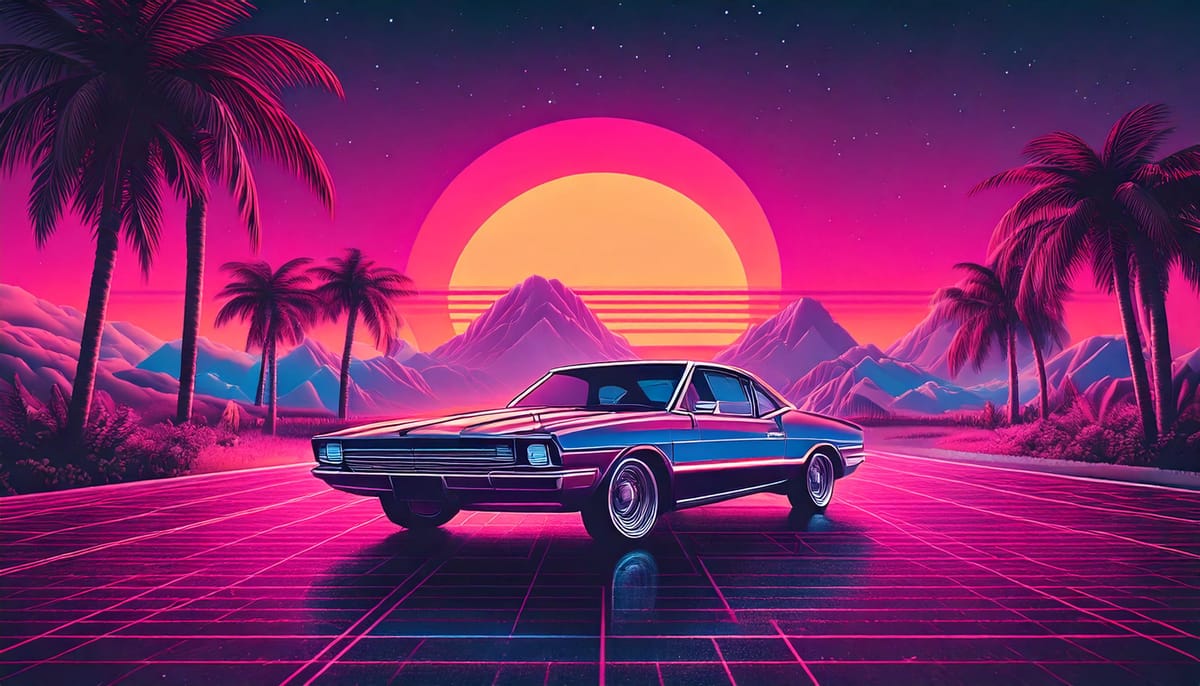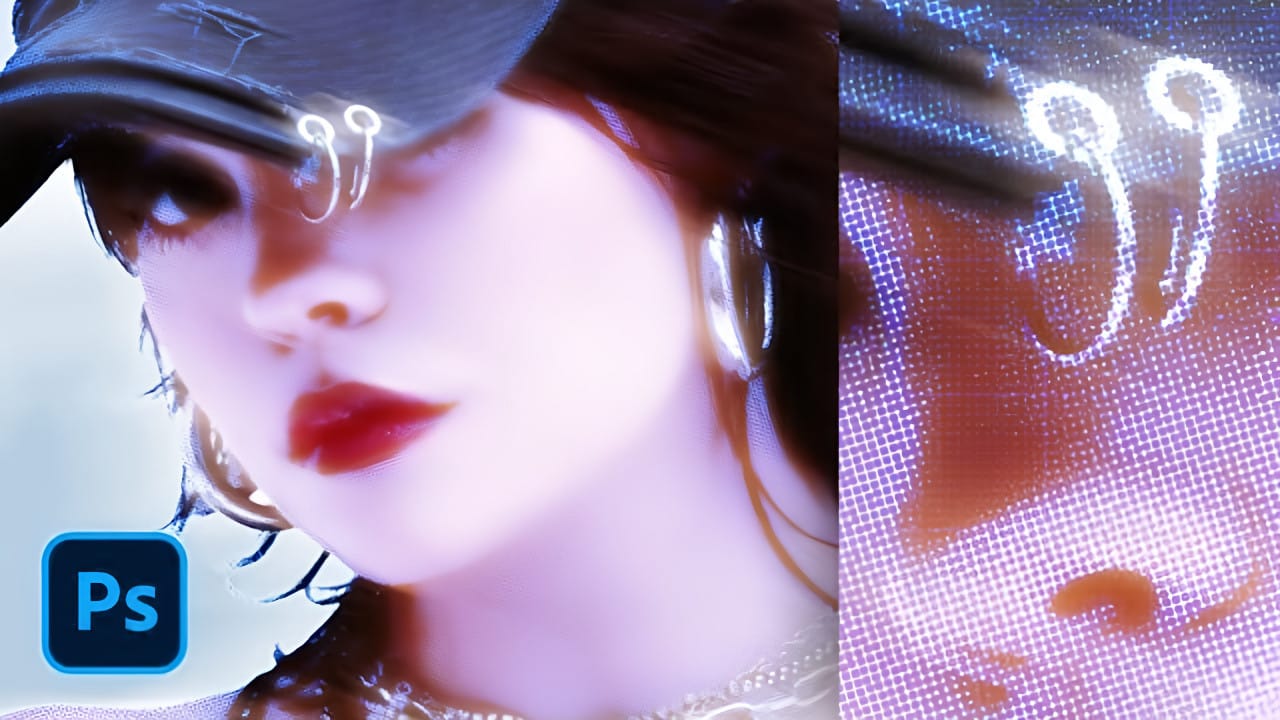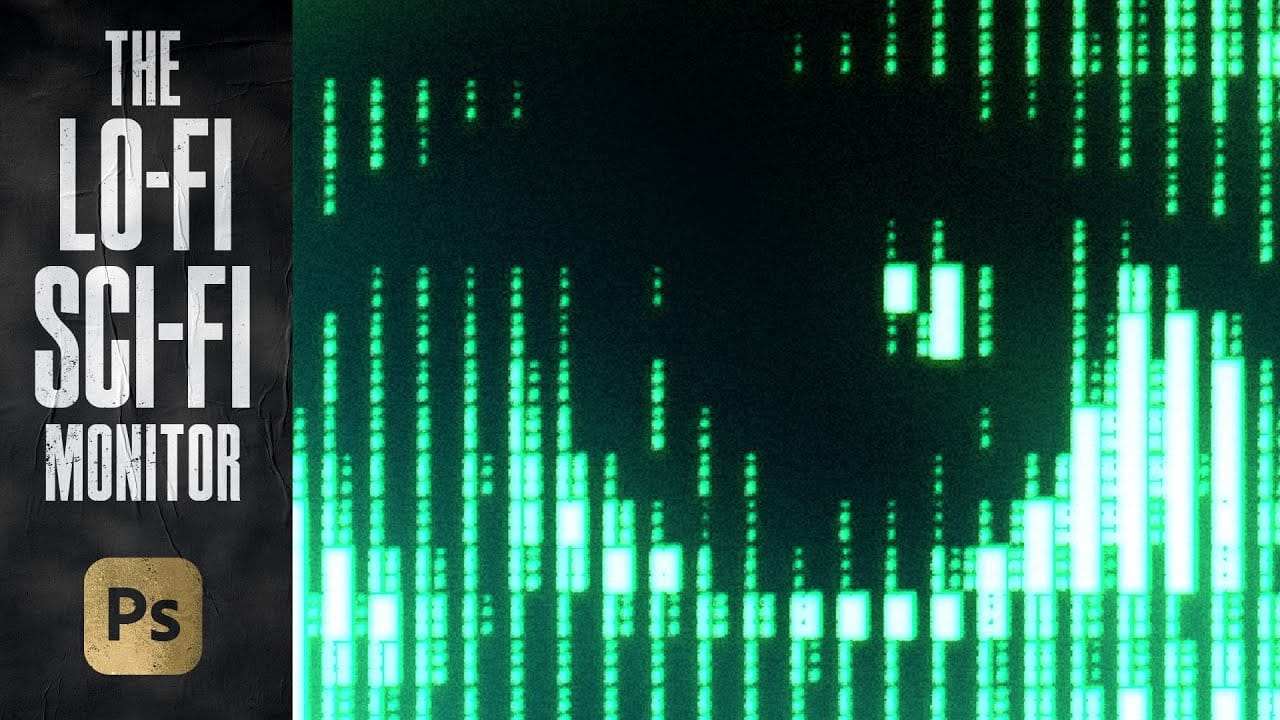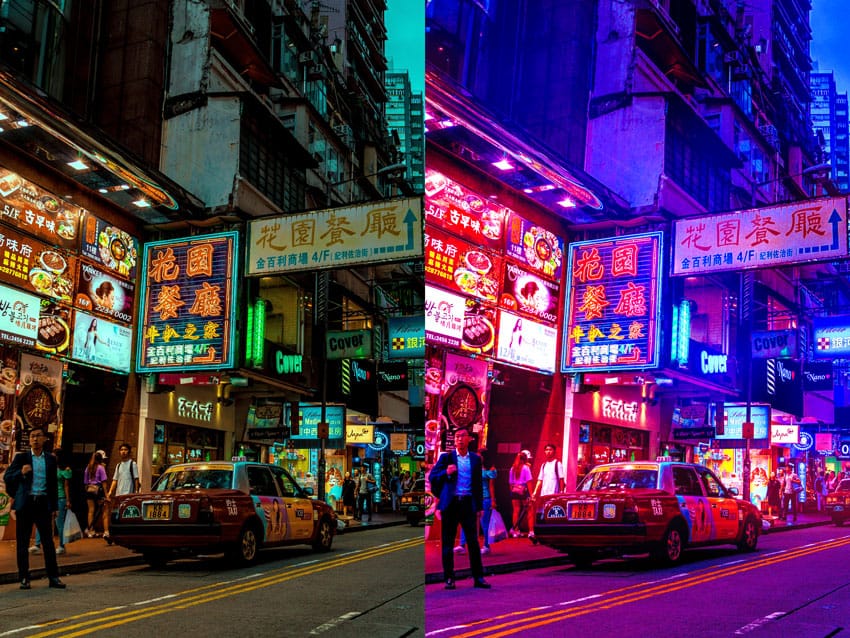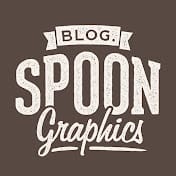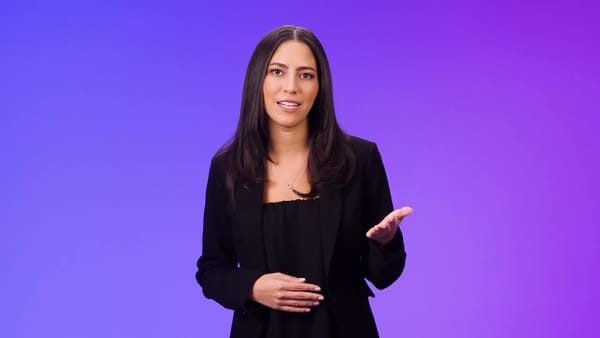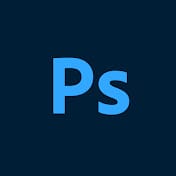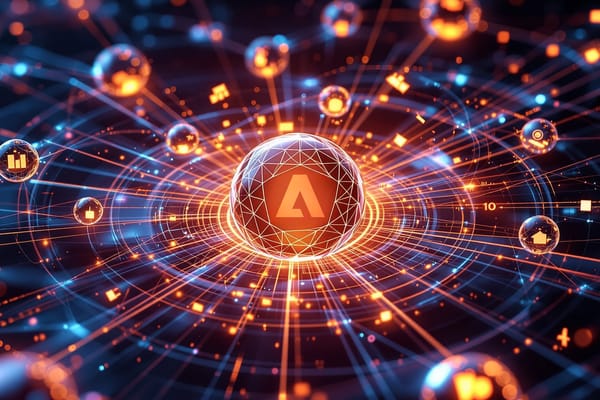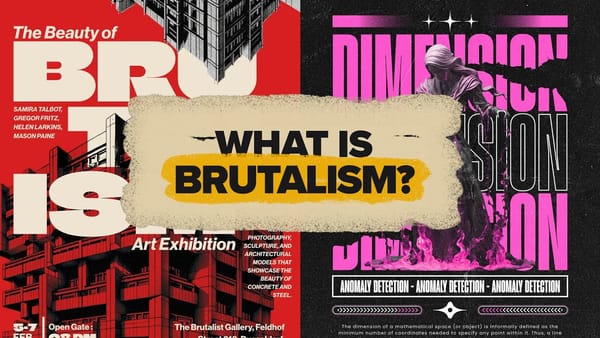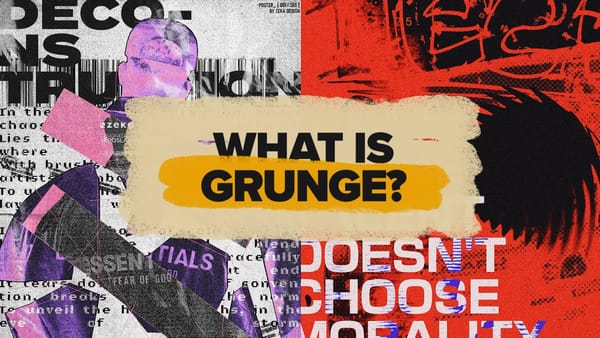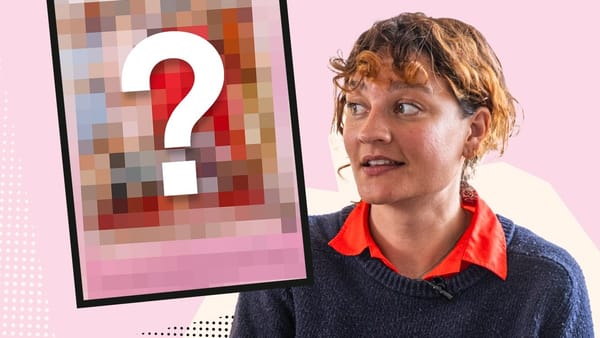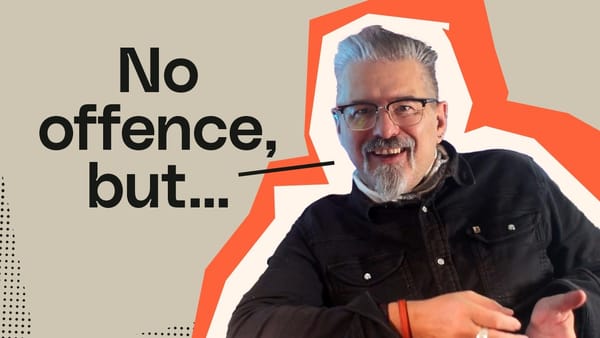The metallic surfaces, bubble typography, and neon gradients of the late 1990s and early 2000s have made a striking comeback.
This retro-futuristic aesthetic captures the millennium era's optimistic vision of digital technology through shiny textures, holographic colors, and playful design elements. The Y2K revival offers designers a bold alternative to minimalist trends, bringing personality and visual excitement back to creative work.
This tutorial breaks down the essential elements that define Y2K design and shows you how to incorporate them effectively.
Video by Spoon Graphics. Any links or downloads mentioned by the creator are available only on YouTube
The Cultural Revival of Millennium Design
The Y2K aesthetic emerged during a unique moment of technological optimism mixed with digital anxiety. Designers imagined sleek interfaces and digital utopias, heavily influenced by sci-fi films like The Matrix and The Fifth Element.
This vision created a distinctive visual language of chrome textures, translucent materials, and futuristic typography.
Today’s revival reflects both nostalgia and a desire for bold, expressive design. Social media platforms amplify this aesthetic’s visual impact, while fashion and tech industries embrace its playful energy. The style offers creative freedom that contrasts sharply with sterile, overly polished modern trends.
Key elements that define authentic Y2K design:
- Metallic and reflective surfaces with chrome or liquid mercury effects
- Bubble typography with rounded, 3D characteristics
- Neon color palettes featuring cool blues, purples, and electric pinks
- Digital artifacts like pixelated icons and retro interface elements
- High-contrast gradients that evoke holographic imagery
Practical Tips for Y2K Design
- Choose bubble or rounded fonts with 3D effects and exaggerated thickness to capture the playful, tech-inspired essence
- Apply metallic textures using gradient overlays, shiny effects, and subtle glows to mimic polished chrome or brushed steel
- Use cool, futuristic color schemes dominated by neon blues, purples, and silvers for that high-tech CRT screen aesthetic
- Add digital details like pixelated icons, loading bars, or retro browser elements to enhance the nostalgic internet feel
- Balance bold elements carefully to avoid overwhelming layouts while maintaining the aesthetic’s intentional, high-impact character
Related Tutorials about Retro and Futuristic Effects
Explore more techniques for creating nostalgic and futuristic visual styles in Photoshop
